The Man Who Took This Photo Was Accused of Being an Enemy of the State
A look back at the Young Pioneers of Soviet Russia.
A snapshot of a group of Young Pioneers in 1937. (Photo: Viktor Bulla/Public Domain)
While America’s Boy and Girl Scouts are mostly associated with tying knots and selling cookies, their Soviet equivalent, the Young Pioneers, were more focused on defense of the Motherland. This photo, taken in the USSR in 1937, epitomizes their slogan: “Always prepared!”
This massive and chilling portrait is known as “The Pioneers’ Defense.” The Pioneers were meant to be ready against any threats that might arise—even from right behind the camera; barely a year later, Viktor Bulla, the photographer who took this picture, was declared an enemy of the state.

The Young Pioneers, another name for the All-Union Lenin Pioneer Organization, made up the second stage in a three-step, age-based national program aimed at creating ideal Soviet citizens. By 1923, wee Soviets could sign up as Little Octobrists, a group meant for seven-to-nine-year-olds and named for the children born in 1917, the year of the October Revolution. Once kids had aged out of the Octobrists, they joined the Pioneers (ages nine to 14). For those truly committed to getting their foot into the party door, there was the Komsomol, or All-Union Leninist Communist League of Youth (ages 14-28).
These stages were closely connected, and each brigade of Pioneers was attached to a local Komsomol unit. The programs—meant to educate, indoctrinate, and prepare the nation’s youth for model citizenship—welcomed millions of members over their 70-year span leading up to the fall of the Soviet Union. Membership was technically optional, but most children belonged to at least one of the three stages at some point. Diane Koenker, a professor of Russian and Soviet history at the University of Illinois, describes the Pioneers as “pretty much obligatory for all school children.”
In the black-and-white photo above, every pioneer is outfitted in similar garments and a gas mask. The core component of “Always prepared!” meant participation in military readiness drills, which was not surprising given the shaky nature of the very young Soviet state. Such preparation and training was in direct response to the chemical warfare during World War I. Eugene Yelchin, author of Breaking Stalin’s Nose, a children’s book about a young boy navigating the harsh reality of the Young Pioneers, says that even when he was at school in the Soviet Union in the 1960s and 1970s, they had a military preparedness class where they had to practice using gas masks. Preparedness and paranoia were closely intertwined.

Thousands of children taking part in an official Pioneer Initiation Ceremony at Moscow’s Alexander Garden organized by the Russian Communist Party. (Photo: RIA Novosti archive/Sergey Pyatakov/CC-BY-SA 3.0)
“The photograph looks creepy now,” writes Yelchin in an email, but “danger and instability permeated every moment of their lives.” The image, he says, was “meant to install confidence.”
“The Young Pioneers were effectively a Soviet version of Baden-Powell’s Scout movement, so there were overbearing themes of readiness and survivalism worked in alongside all the political dogma and physical activities,” writes Darmon Richter, who runs The Bohemian Blog. “I would imagine a photo like this was to show off just how well prepared and efficiently trained these youngsters were.”
The Young Pioneers could attend camps during the summer and winter holidays as well as visit local children’s community centers known as Young Pioneer Palaces, all of which was sponsored by the government. But the movement also came with much darker sides; during World War II—known by the Soviets as the Great Patriotic War—thousands of Pioneers died in resistance to Nazi Germany.
Yelchin points out that Viktor Bulla, the Russian photographer and filmmaker behind this snapshot, was very active in creating a record of the October Revolution from its very beginnings. While his photography would not likely be considered propaganda, says Yelchin, Bulla was accused of espionage and declared an enemy of the people, shot in either 1938 or 1939, shortly after this photo was taken.
Though the nationally sponsored Young Pioneers movement is no longer, the newspaper of the Komsomol is still an active tabloid in Russia, and similar pioneer organizations still exist in over 20 countries, including Belarus, Mexico, and North Korea. For a short time, the Young Pioneers even formed as a children’s Communist Party organization in America.
But perhaps the movement will see a revival in Russia yet: just last year, several members of the country’s parliament told president Vladimir Putin to create a new, state-sponsored youth movement with a similar set of stages, from the young ones and schoolchildren to teenagers and young adults. If so, one hopes that this time around, there will no gas masks involved.



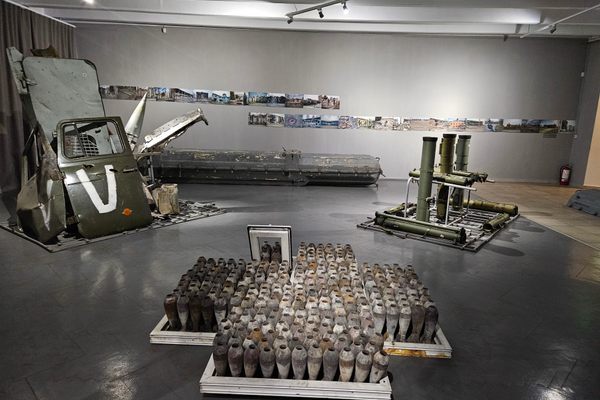
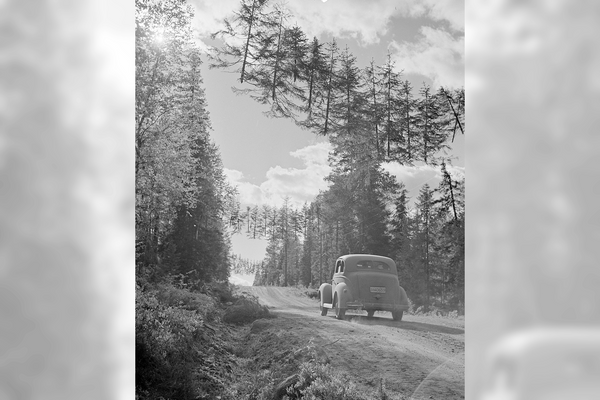

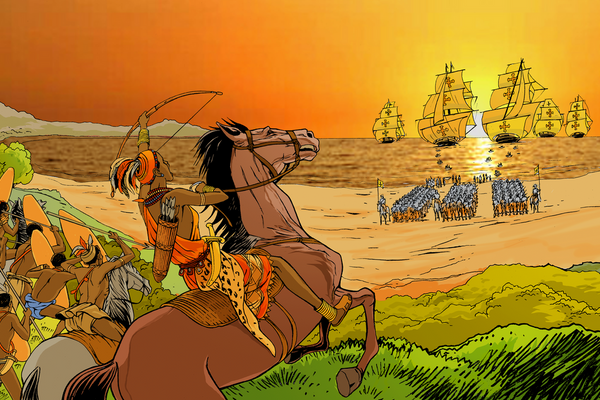


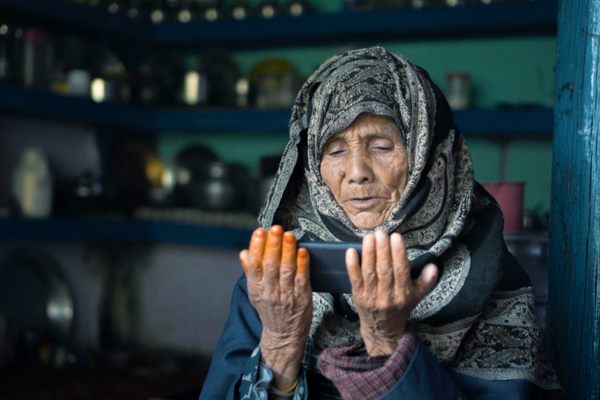
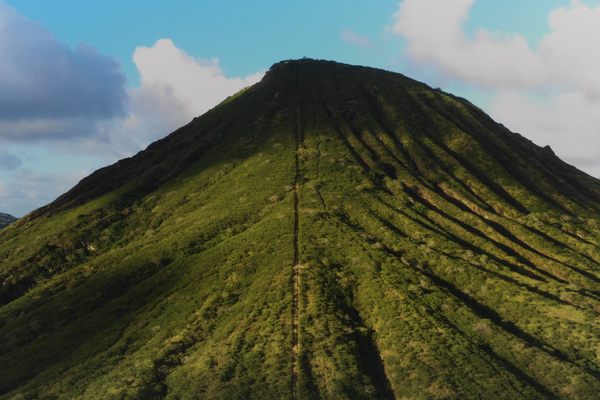




Follow us on Twitter to get the latest on the world's hidden wonders.
Like us on Facebook to get the latest on the world's hidden wonders.
Follow us on Twitter Like us on Facebook